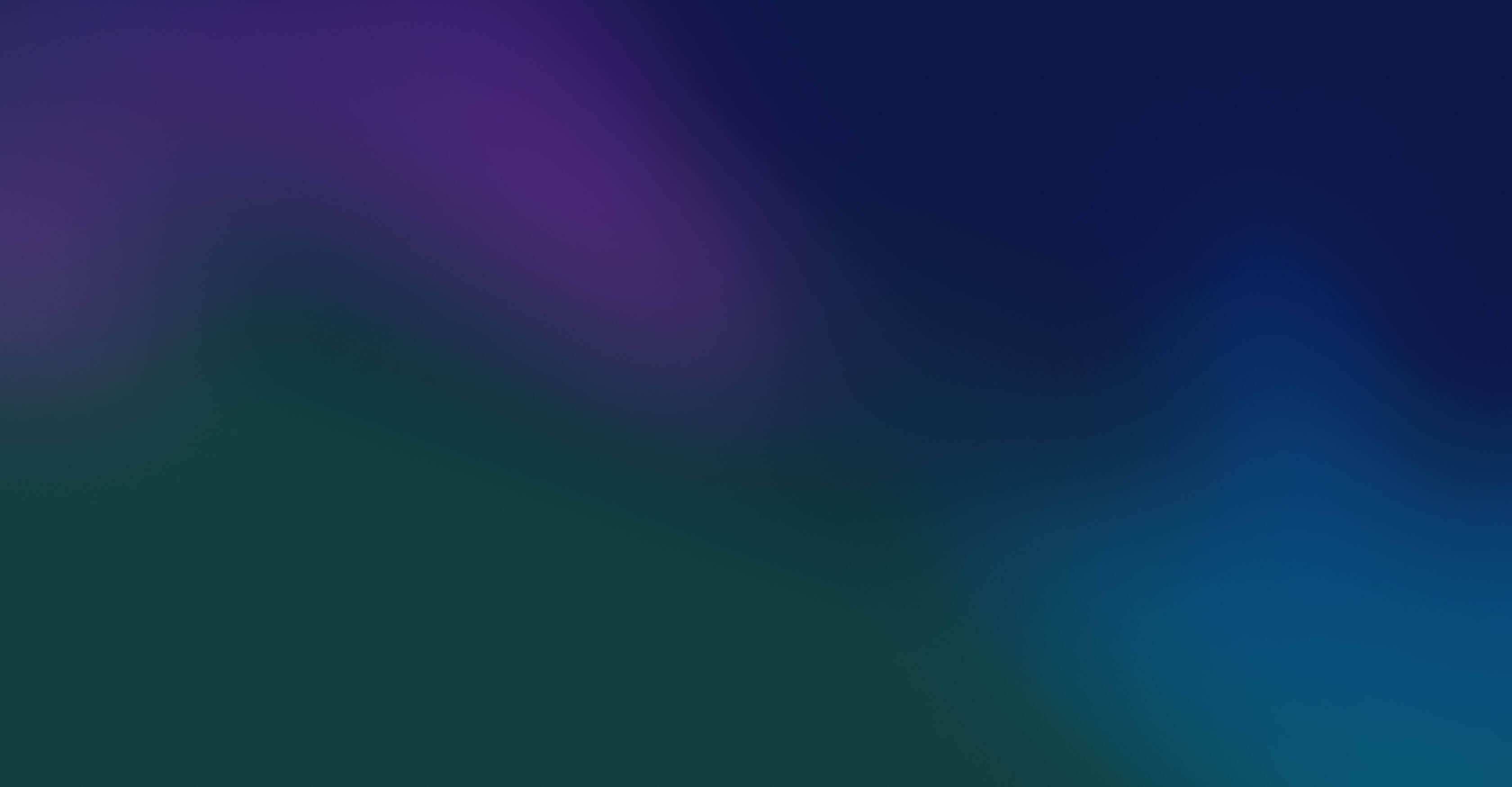With all the recent innovations in flash storage design, you’d think we’d have a smooth path toward supporting storage requirements for new hyper-scale datacenters and cloud computing. However, nothing could be further from the truth! Existing storage architectures, despite taking advantage of flash, are doomed in the hyper-scale world. Simply put, storage has not evolved in 30 years, resulting in a huge disconnect between the requirements of the new datacenter and the capability of existing storage systems.
There are two fundamental problems right now: 1) existing storage does not scale for the hyper-scale datacenter and 2) traditional storage stacks have not been architected to take advantage of the recent innovations in flash.
Current storage systems don’t scale because they were designed in the mainframe era. Mainframe-style arrays were designed in a world where a single mainframe provided the compute and a handful of storage arrays hung off the mainframe to support data storage. This one-to-one architecture continues to be used today, despite the fact that the compute side of the hyper-scale datacenter is expanding to hundreds or thousands of individual servers in enterprise datacenters, similar to Google or Amazon. As you can imagine, you achieve theoretically unlimited capacity for compute only to be severely bottlenecked on the storage end of things.
Furthermore, while flash storage has become the hot new thing—super fast, energy efficient, with a smaller form factor—the other internal parts of the storage subsystem have not changed at all. Adding flash to an outdated system is like adding a jet engine to the Wright Brothers’ airplane: pretty much doomed to fail, despite the hype.
This brings me to Coho Data (formerly known as Convergent.io) and a team I’ve worked closely with for years. The founding team includes Ramana Jonnala, Andy Warfield and Keir Fraser, superb product visionaries and architects, with deep domain expertise in virtualization and systems, having built the XenSource open source virtualization stack and scaled it to support some of the biggest public clouds around. This team has built infrastructure software that has been used by hundreds of millions of end users and installed on millions of machines. By applying their expertise and adding key talent with network virtualization experience to the team, they are challenging the fundamentals of storage.
A year after we funded their Series A, having spent that time heads-down building product and piloting with customers, I’m really excited to share that Coho Data today is announcing a revolutionary design in storage that has been built from the inside out to challenge how companies of all sizes think about how they store and deliver access to their data. The team has rebuilt the entire storage array with new software and integrated networking to offer the fastest, most scalable storage system in the market, effectively turning the Wright Brothers’ airframe into an F-16 fighter jet. The Coho DataStream architecture supports the most demanding hyper-scale environments, while at the same time optimizing for the use of commodity flash, all with standard and extensible interfaces and simple integration. As hyper-scale datacenters become the new standard, monolithic storage arrays will go the way of the mainframe.
Coho Data is changing the storage landscape from the inside out and I could not be more thrilled to be part of the most exciting storage company of the cloud generation.



